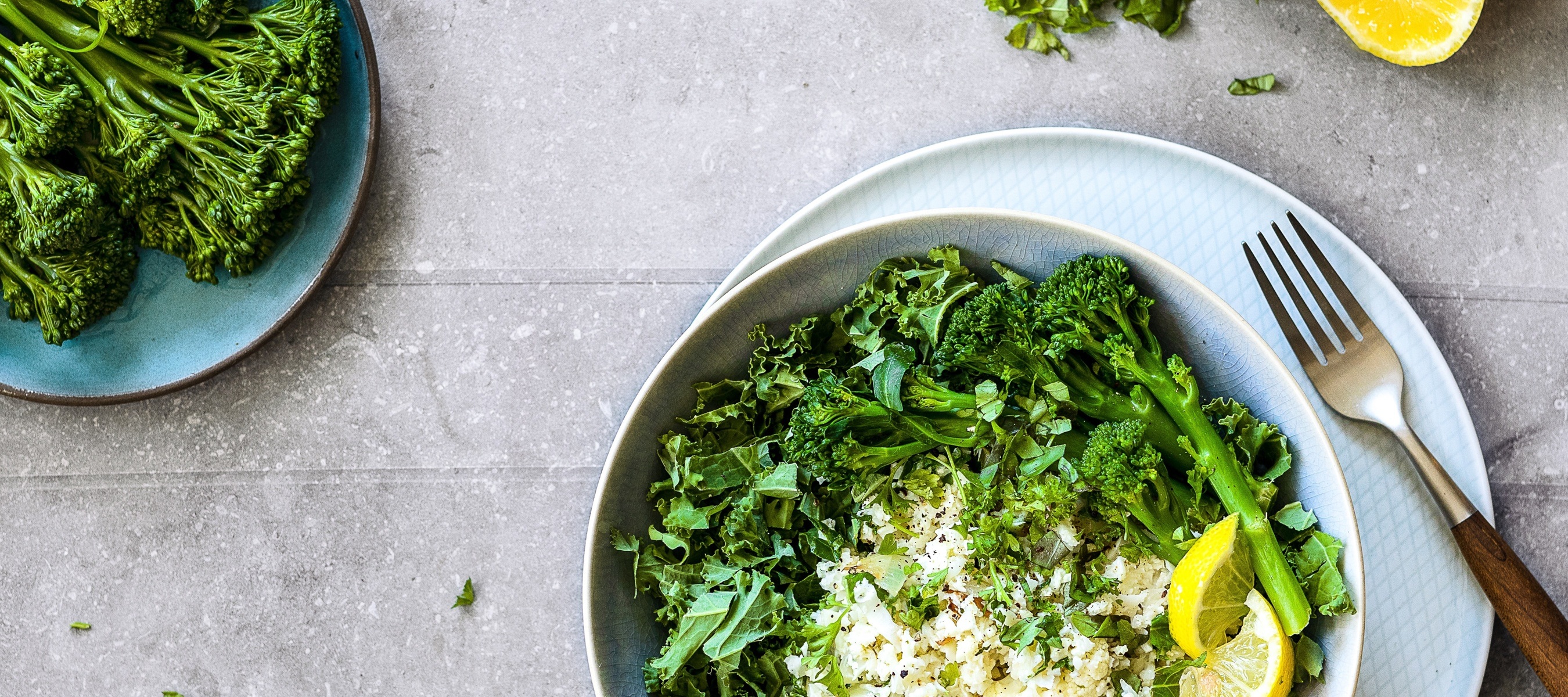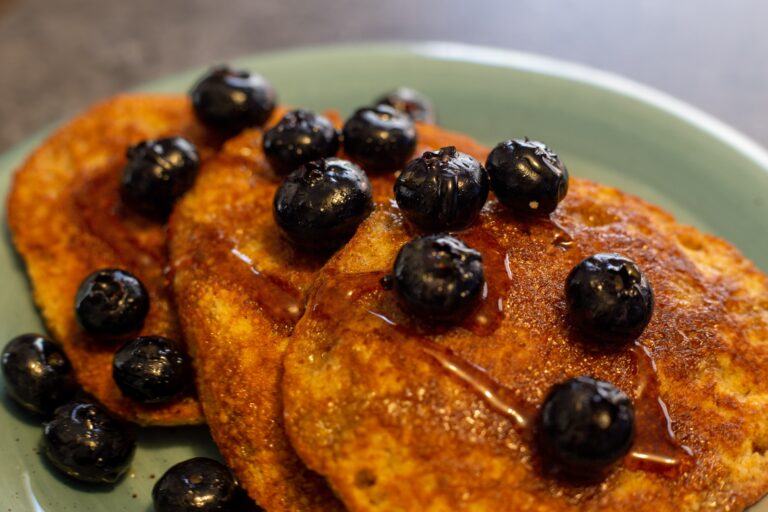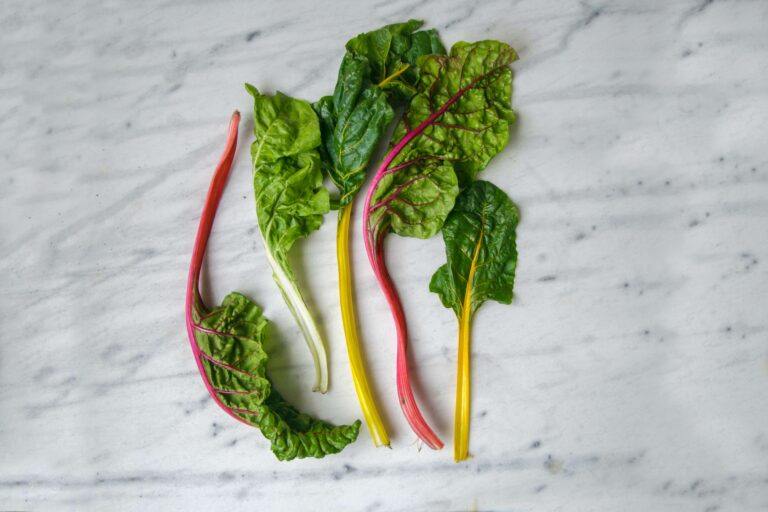Three key ways to optimizing the diet for the Tired Type are to maintain balanced blood sugar levels, consume foods for hormonal balance, and support thermal digestion using Chinese balancing therapeutic principles. In Making Babies, Jill recommends a breakdown of 50% complex carbohydrates, 30% vegetables and fruits, and 20% high-quality protein for the Tired Type.
Maintaining Blood Sugar Levels with Complex Carbohydrates
There are two types of carbohydrates and oftentimes people misunderstand the difference. Simple carbohydrates have a basic chemical structure. This includes foods such as table sugar, fruit juices, soda, boxed cereal, and baked goods. Complex carbohydrates, like their name, have a more complex chemical structure and therefore take longer to digest. These include most vegetables, whole grains, and legumes. Needless to say, our bodies process these two different types of carbohydrates very differently.
Eating complex carbohydrates will actually satisfy and reduce sugar cravings with their dense profile of fiber, vitamins, and minerals, unlike the simple carbohydrates that head right to the bloodstream and spike blood sugar levels. Because the Tired Type doesn’t metabolize sugar very well, consuming simple carbohydrates can contribute to states of inflammation and insulin resistance, further aggravating existing fertility issues such as PCOS.
Hormone Balance
For the Tired Type, eating foods that support the pituitary gland, thyroid, and adrenals such as seaweed (iodine), dark leafy greens (vitamins and minerals) and whole grains such as brown rice and quinoa (fiber) will encourage hormonal balance, in turn, supporting fertility.
Chinese Medicine and Digestion
Constitutionally warming and cooked foods nourish the tendency for sluggish digestion in the Tired Type. These warming foods include cooked vegetables such as mustard greens, parsnips, mushrooms, and green beans, stewed and lightly cooked fruits, whole grains such as oats and quinoa, nuts such as chestnuts and pine nuts and animal protein such as beef and poultry. The Tired type would do well to avoid raw, chilled, and iced foods that squelch one’s digestive fire.
Quinoa, kale and almond nori rolls
Yield: about 6-8 rolls
Nori rolls have always been my favorite ‘on-the-go’ food. They can easily be made in advance, they are portable, and customized to the whim of your palate on a daily and seasonal basis. I have made nori rolls with many different whole grains but my current favorite is light, protein-rich quinoa paired with ginger kissed sautéed dark leafy greens and a toasted crunchy nut.
Quinoa
- 1 ½ cups quinoa
- 3 cups of water
- 2 tablespoons of brown rice vinegar
- 1 tablespoon of honey
- 1 tablespoon of water
- 1 teaspoon of sea salt
Filling
- 1/2 tablespoon coconut or olive oil
- 1 tablespoon fresh ginger, minced
- 2 cups of kale, chopped
- 2 scallions, sliced thinly
- ½ cup of whole almonds, toasted and coarsely chopped
- Black or white sesame seeds
- 6-8 toasted nori sheets
- Additional: a bamboo mat (for rolling), tamari, pickled ginger, and freshly grated horseradish or wasabi
Recipe
- Place water and quinoa in a saucepan and bring to a boil. Reduce to a low simmer, cover, and leave undisturbed for about 18-20 minutes.
- For the quinoa seasoning, whisk the vinegar, honey, water, and sea salt in a small bowl and set aside.
- Meanwhile, warm a sauté pan to medium-high and add coconut or olive oil. Once the oil is heated through, add the minced ginger for 30 seconds. Add kale and sauté with for another minute or so and remove from heat. Wipe the pan and toast the sesame seeds over low heat until deeply golden.
- When the quinoa is cooked, remove from heat, stir in seasoning and place in a shallow bowl or sheet pan to cool.
- Place the bamboo mat on a flat surface and lay a nori sheet on the mat, dull side upwards. Spread the cooled quinoa evenly over the nori, leaving about ¾ inch clear on all sides.
- Arrange the kale in a line across the center of the square and sprinkle with scallion, chopped almonds, and toasted sesame seeds.
- Beginning with the edge closest to you, gently use your thumb and forefingers to begin to roll away from you, use the bamboo mat to tighten and guide the roll closed. Gently seal the seam with a damp finger or cloth.
- With the seam side down, either leave whole and wrap with plastic or use a sharp wet knife and cut into equal-sized pieces. Arrange on a platter with small bowls of tamari, pickled ginger and horseradish/wasabi.
*Bamboo sushi mats can be purchased at most Asian markets, kitchen shops, and health food stores.






